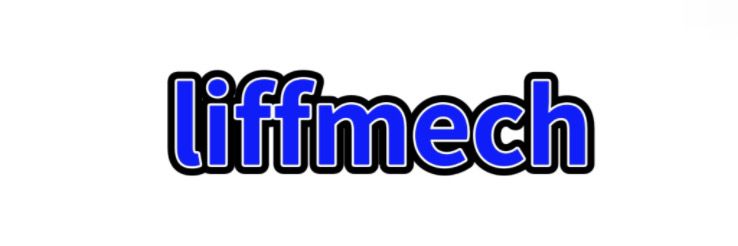Mastering DI Pipe Coupling: Tips for Perfect Connections
Apr. 01, 2025
When working with ductile iron pipe applications, achieving a secure and leak-free connection is paramount. Mastering DI pipe coupling can significantly enhance the efficiency and durability of your piping system. Here, we provide essential tips to ensure perfect connections every time.
For more information, please visit Di Pipe Coupling.
Understanding the Basics of DI Pipe Coupling
DI pipe coupling serves as a critical component that joins sections of ductile iron pipes. A well-designed coupling facilitates the transfer of fluids while minimizing the risk of leaks and failures. It is crucial to understand the various types of couplings available, including tapered and straight types, along with their specific use cases.
Choosing the Right Type of Coupling
Selecting the appropriate DI pipe coupling depends on various factors including the pipe diameter, the type of fluid being transported, and environmental considerations. For potable water systems, ensure that the couplings meet the necessary safety standards. Additionally, consider the working pressure and temperature requirements to select a coupling that will perform optimally under expected conditions.
Preparation Before Installation
Proper preparation is key to ensuring a successful connection. Before you begin, make sure to check the following:
- Inspect the pipes for any signs of damage or corrosion.
- Clean the surfaces to remove any debris, dirt, or old sealants.
- Verify the alignment of the pipes to ensure they meet perfectly at the coupling point.
Tools and Materials Needed
Having the right tools can make a significant difference in your installation process. Collect the necessary tools such as wrenches, a pipe cutter, and a torque wrench. Additionally, use high-quality gaskets and lubricants that are compatible with ductile iron to ensure a tight seal.
Additional reading:DN2600 Double Flanged Taper Innovations for 2025
Step-by-Step Installation Process
Follow these steps to ensure proper installation of the couplings:
- Position the coupling over the adjoining pipe ends, ensuring they are properly aligned.
- Insert the gaskets into the grooves of the coupling, making sure they seat correctly.
- Using your torque wrench, tighten the coupling bolts in a crisscross pattern. This technique helps distribute pressure evenly and avoid stress points.
- After installing, conduct a pressure test to ensure that there are no leaks.
Maintenance Tips for Longevity
After successfully installing your DI pipe coupling, regular maintenance is necessary to prolong its service life. Schedule periodic inspections to check for any signs of wear or leaks. Additionally, maintaining appropriate pressure levels and ensuring seasonal adjustments can prevent premature failures.
Common Mistakes to Avoid
Avoiding common pitfalls can save time and resources. Here are some mistakes to watch out for:
- Neglecting to inspect pipes prior to installation can lead to improper fittings.
- Overtightening can cause damage to the coupling and gasket, resulting in leaks.
- Using incompatible materials can lead to corrosion and failure over time.
Final Thoughts on Perfecting DI Pipe Coupling
Mastering DI pipe coupling is not an insurmountable challenge. By following these guidelines, you can ensure strong, leak-free connections. Prioritize proper selection, preparation, and ongoing maintenance to enhance the reliability of your ductile iron piping system. By minimizing mistakes and conducting regular checks, you will master the art of coupling and enjoy the benefits of a durable pipeline.
If you want to learn more, please visit our website Rubber Expansion Joint.
4
0
0

Comments
All Comments (0)